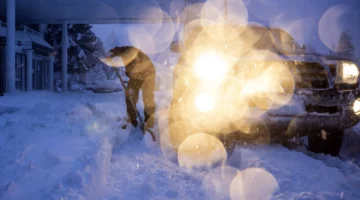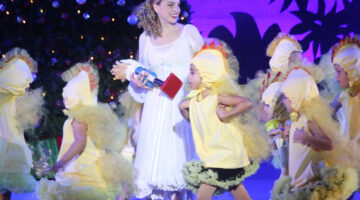Tiny Bubbles
It’s hot. You’ve worked all day. You’re at the pub with your fist wrapped around a cold pint of nirvana. You’re thirsty but you take a teasing moment to contemplate your parched palate. When you’re ready, you lift your glass to your quivering lips and take a long quenching quaff. Your eyes roll back. Ahhhhhh! Your shaky hand steadies. You look into your beer with admiring eyes and your senses begin to dance. The taste, the color, the aroma, the bubbles and the frothy head overwhelm them with pleasing satisfaction as you ponder your brew.
What makes the beer this color as opposed to others? Why do I feel I could actually chew this beer? How do these fine bubbles mysteriously form and continuously rise like coming from some invisible bubble factory? What creates the foamy head and why does it linger while others fade? As you immerse yourself in another quaff, the questions become less important. Only a smile remains.
Hopefully, you’ve become thirsty by now! Before we reach for the tap handle, let’s first get some of those questions answered because we don’t want to lose our focus! The color of beer is determined by the malted grains used in the “grist bill” of the recipe. Malts are kilned to various degrees of roast to create a range of colors from pale to black. Color is measured in “degrees Lovibond,” a scale developed by James W. Lovibond (1833-1918). With the advent of the spectrophotometer, a more accurate scale is used today, the Standard Reference Method (SRM). Simply put, brewers use malts to color beer like an artist blends his paints.
The bubbles in beer are a result of dissolved carbon dioxide (CO2) in solution, a natural byproduct of fermentation. It can be formed in the bottle or beer can be “forced carbonated” beforehand. CO2 from initial fermentation is usually not enough at bottling time so more must be added. The “kreusening” method adds young beer that is still fermenting with finished beer at bottling time. The young beer finishes fermenting in the sealed bottle trapping resulting CO2 in solution. Bottles with a caged cork are a sure indication of this technique.
Beer can also be forced carbonated simply by chilling it under CO2 pressure. The colder the beer, the less pressure is required to carbonate to a specific “volume.” Infusing CO2 into the beer through a “stone” (as found in aquarium aeration systems) saves time while precise volumes of CO2 level can be achieved.
As beer warms, CO2 becomes less soluble. It comes out of solution to form bubbles as it escapes while scrubbing out hop and malt aromas for our olfactory enjoyment. Though it happens naturally at points throughout the beer, nucleation sites help accelerate it. These sites are places where there is a high surface area relative to volume like a scratch in the glass. Well-designed beer glasses will therefor promote streams of rising bubbles by simply having an etched design on the bottom.
We can finish answering the rest of the questions later. The mouth of that tap faucet is calling out for me to pull the handle! Get thirsty, my friends!
[livemarket market_name="KONK Life LiveMarket" limit=3 category=“” show_signup=0 show_more=0]




No Comment